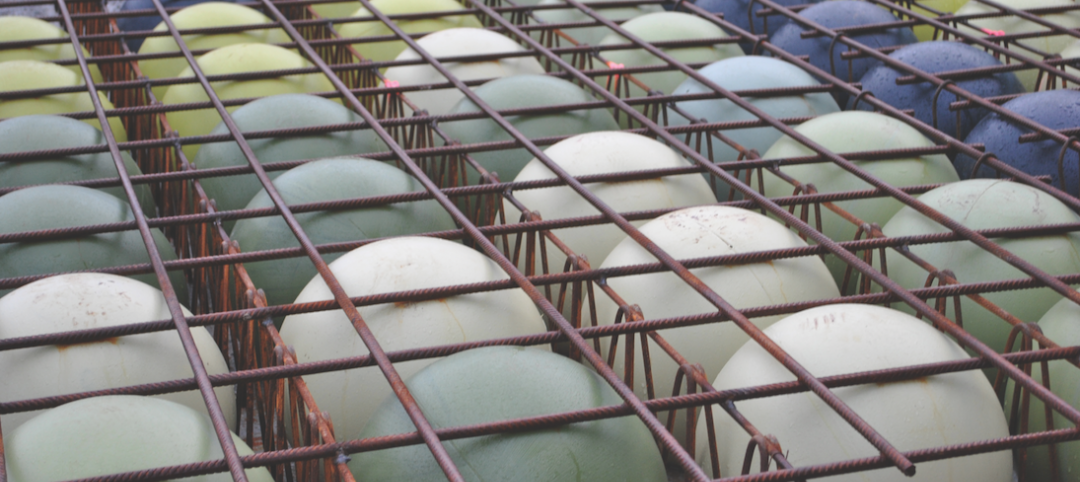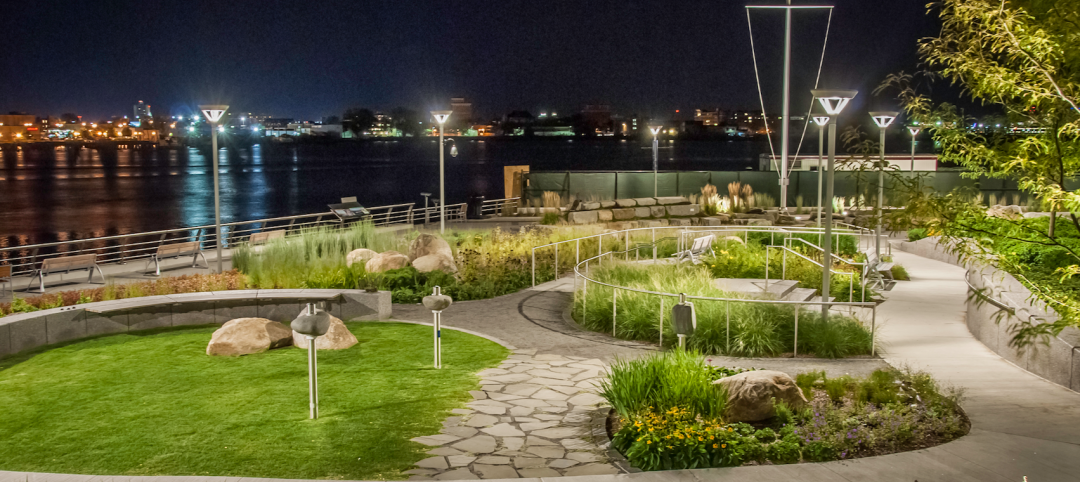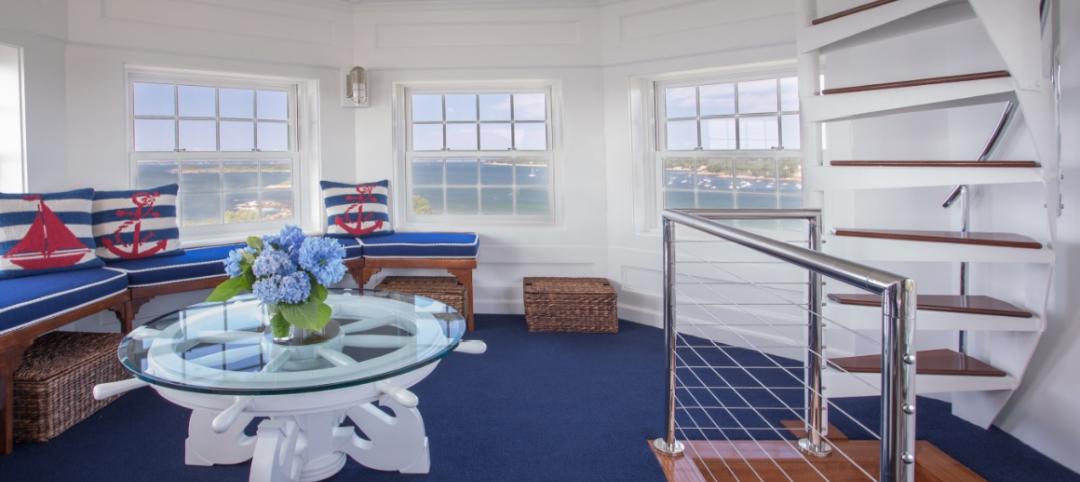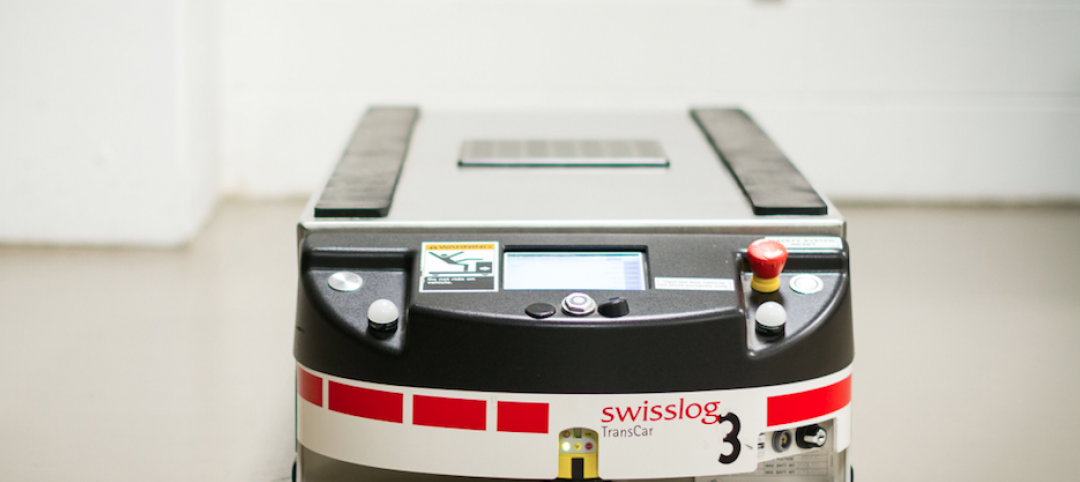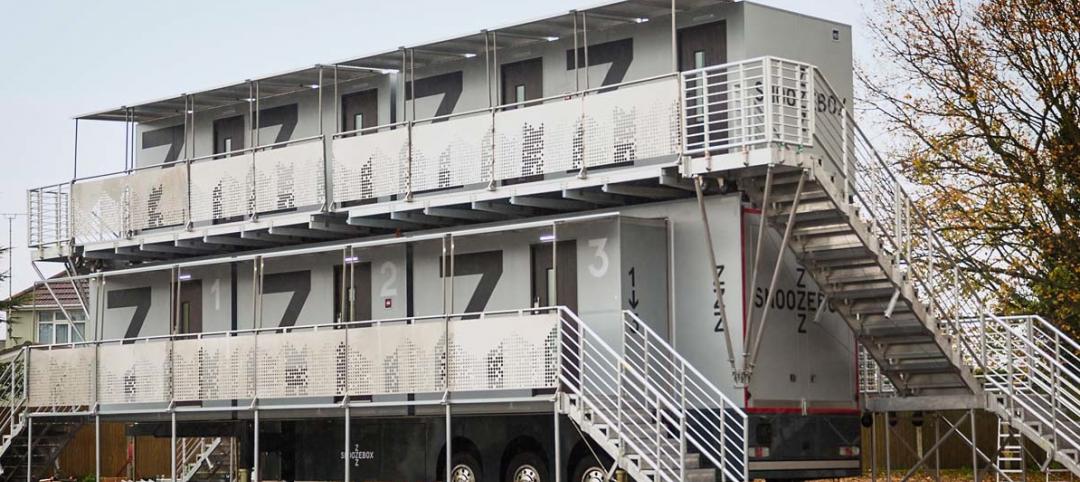In Chesterfield, Mo., a suburb of St. Louis, Forum Studio and design-builder Clayco have created the $54 million, 125,000-sf Mercy Virtual Care Center, a high-tech medical center, innovation think tank, conference center, sales showroom, and office building for Mercy, the nation’s fifth-largest Catholic health system.
The truly innovative aspect of the center is its virtual-care capability, which equips its medical professionals to deliver care at the bedside of patients anywhere. This is especially important for chronically ill patients—diabetic patients, for example—who have been dismissed by the hospital but who need to adjust their medications, report any flare-ups, or just want assurance that they’re doing well—all to avoid costly readmissions.
One such patient is Jim Hoevelmann, 74, who lives 70 miles from the Mercy facility. Hoevelmann suffers from chronic obstructive pulmonary disease, a condition that requires a lot of continuing care. Using his iPad and basic medical test equipment, Hoevelmann can check his vital signs and instantly report them to his care team in Chesterfield. Patients are scheduled for video visits one to three times a week, but they can call the facility at any time.
“24-7, I can call that number and I’ve got somebody helping me, to either change my medication or get me to the hospital, or whatever they decide to do,” he told a reporter from KSDK-TV (http://on.ksdk.com/2adx8Th).
Hoevelmann’s internist, J. Gavin Helton, Medical Director of Ambulatory Care at Mercy, said, “We get to know his medical history, and we build a plan that’s specific to him. Many times we know when something’s happening with Jim before he even knows it.”
Hoevelmann said he got such a call from Helton one Sunday night at 9:30. “He put me on Prednisone that night and by the next morning I was coming out of it again,” he says. “They’ve done that twice.”
CBRE Healthcare’s Patrick Duke says the virtual care center demonstrates Mercy’s organizational entrepreneurship.
“More and more hospital systems are looking to fund operations like this in the face of declining reimbursement,” says Duke, a member of BD+C Editorial Board.
Read about more innovations from BD+C's 2016 Great Solutions Report
Related Stories
Great Solutions | Jan 19, 2016
Concrete innovation: voided biaxial slab slashes weight, saves concrete
System reduces slab dead load by 30% on medical clinic project
Great Solutions | Jan 19, 2016
Healing garden doubles as therapy trails
A Boston-area hospital takes the healing garden to the next level.
Great Solutions | Jan 14, 2016
WWII watchtower turned into ‘land yacht’
Architect Siemasko + Verbridge and contractor Windover Construction transformed a coastal wartime observation post into an amenity-filled guesthouse.
Great Solutions | Jan 12, 2016
Sprinkler system does double duty
Two innovations tap into the multi-use potential for fire/life safety infrastructure.
Great Solutions | Jan 7, 2016
Bacteria-killing paint and magnetic wallcovering highlight innovations in surface materials
Sherwin-Williams recently introduced Paint Shield, the first EPA-registered microbicidal paint that kills virtually all infection-causing bacteria after two hours of exposure on painted surfaces.
Great Solutions | Jan 6, 2016
Shepley Bulfinch develops elegant design solution to address behavioral issues in emergency departments
ED scheme allows staff to isolate unruly patients and visitors in a secure area.
Great Solutions | Jan 6, 2016
All-encompassing farming kit can provide communities with a sustainable food supply
Several manufacturers partnered with the group Farm from a Box to develop an off-the-grid farming solution for communities, all without the need for outside help.
Great Solutions | Jan 4, 2016
Toronto’s newest hospital employs 10 robots for moving food, supplies, and equipment
The 1.8 million-sf Humber River Hospital is loaded with high-tech gadgets. Its coolest innovation is the use of automated guided vehicles.
Great Solutions | Jan 4, 2016
Snoozebox’s portable hotel rooms make outside events more livable
Since 2011, the London-based company has thrived by creating portable hotels that are set up for the duration of open-air events (or longer), and offer many of the comforts of conventional hotels.



